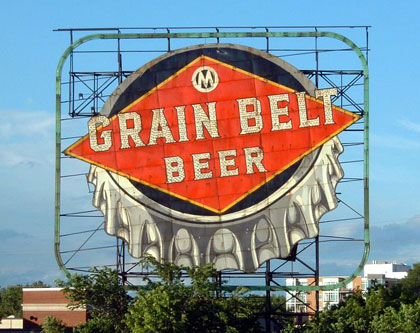The numbers are in from the Brewers Association in Colorado.
“It’s remarkable to see how beer has evolved in the past century. Year over year we’re seeing tremendous growth in the craft beer sector and 2014 proved that craft beer is moving into the mainstream,” Bart Watson, BA chief economist said for a press release. “Consumers are making a conscious choice to buy and try the plethora of options produced by small and independent craft brewers.”
The BA recap:
– U.S. brewery count returns to historic levels. In November, the United States passed the mark of 3,200 brewers in the country and the number of brewery licenses reached the highest ever, topping 4,500 in the first sixth months of the year. Thirteen states (CA, CO, WA, OR, MI, NY, PA, TX, FL, WI, IL, NC, OH) now have more than 100 breweries each.
– Breweries are opening at a rate of 1.5 per day. In addition, there are more than 2,000 breweries in planning.
– Craft brewers were the growth point in the overall beer industry. Through June of 2014, craft brewers enjoyed 18 percent growth by volume. Numerous data channels are showing continuing double-digit growth for craft in the second half of the year.
– India Pale Ales (IPAs) remained the most favored craft beer style. According to retail scan data, IPA is up 47 percent by volume and 49 percent by dollar sales, accounting for 21 percent volume share of craft and 23 percent dollar share of off-premise beer sales. Additionally, the style was the number one entered category at the Great American Beer Festival®.
– Variety packs had a strong year with craft beer lovers. Retail data also indicates that variety packs are up 21 percent by volume and 24 percent by dollar sales, equating to nine percent volume share of craft and seven percent dollar share.
– Craft beer fans are becoming as diverse as craft beer itself. Data indicates that 38 percent of households bought a craft beer in the last year versus 29 percent in 2010. Additionally, women consume almost 32 percent of craft beer volume, almost half of which comes from women ages 21-34. Hispanic populations are demonstrating increased craft engagement as well.


